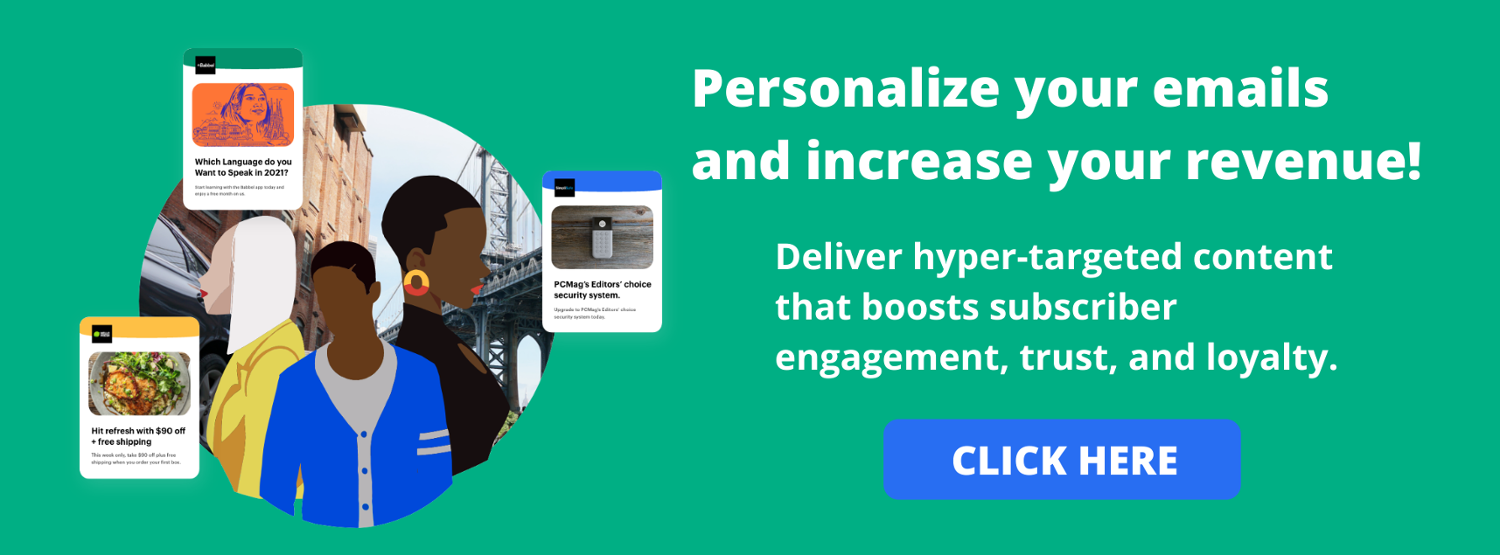Before we get into subscriptions vs. paywalls, let’s talk about milk.
Say you drink milk everyday, and you’ve been getting it for free for a while now — years even. All of a sudden, your goodhearted supplier says you now must not only pay for the milk but pay to sustain the actual cow you’ve been getting milk from.
Would you finance the cow or find another way to get your milk for free? Most likely, you’ll choose the latter option. And that’s a big argument behind why paywalls aren’t always that effective.
At least, that’s the dairy-filled metaphor Jeeng’s CRO Steve Goldstein shared in a recent episode of “Between the Newsstands.”
Really, it makes sense. After readers have gotten used to enjoying their favorite content at no cost, they’re suddenly asked to pay for access, causing them to get frustrated and seek their news elsewhere.
Enter: the subscription model. With this approach, the “milk drinker” can keep enjoying their free product in exchange for, say, an email address. Not only will they retain access to their favorite product, they’ll also receive helpful recommendations for other products they might enjoy. (And there’s no money spent caring for the cow.)
Subscriptions vs. paywalls
With that in mind, let’s dive further into the battle of subscriptions vs. paywalls.
The pitfalls of paywalls
Paywalls seem like an easy option for generating revenue. Publishers get their money up front and can offer different membership tiers for unique consumer preferences. There are, however, a few major pitfalls to watch out for, including:
Getting enough people to sign up
Major publishers have seen some success with paywalls because they’ve been around for decades and already have millions of readers. If even a portion of those readers pay for access to content, the big publisher can make a profit. But what about middle-sized publishers and smaller blogs? Essentially, the paywall method leaves them behind.
As Goldstein said, “I think if you’re a publisher like The Wall Street Journal, The New York Times, or even ESPN, you can make it work. But for the bulk of the publishers that are out there with great content, it’s very hard.”
Where does advertising fit in?
Many publishers have grown used to selling ad space to fund their operations — whether it’s on their sites, via emails, or even in print. Especially on the web today, advertising offers publishers diverse, innovative, scalable, and multi-platform opportunities to drive revenue. But it’s tough to justify running ads for consumers who’ve already paid for access to content. That’d be like paying a monthly fee for Netflix and still seeing commercials when you’re streaming a show.
The good news? There is a solution publishers can use to continue delivering relevant ad content, sustaining those partnerships with brand advertisers, and nurturing reader relationships…
The subscription solution
By collecting email signups and driving newsletter subscriptions, publishers can build a network of first-party data that will fuel revenue opportunities for years to come. That’s because they’ll own and manage that data, which they can then use to learn exactly what customers want from their content experiences, and deliver it with personalized ads and messaging.
“If publishers leverage a great ad strategy,” Goldstein said, “they can actually make more money and keep their customers engaged and coming back more often.”
Those ads aren’t just delivered via email, either. First-party data can be used to target readers on the publisher’s website, through one-to-one push notifications, and in the feeds of newsreader apps.
In fact, that’s exactly what Jeeng helps publishers do — build personalized, multichannel advertising strategies that kick paywalls to the curb.
“We get to know your customers, we understand your content, and, by serving relevant ads to relevant readers, you drive engagement,” Goldstein said. “Engagement leads to repeat usage, and that, of course, leads to more revenue for the publisher … My job quite literally is to cut publishers the biggest check I can.”
Ready to make more money for your publication? Contact us today to get started.


